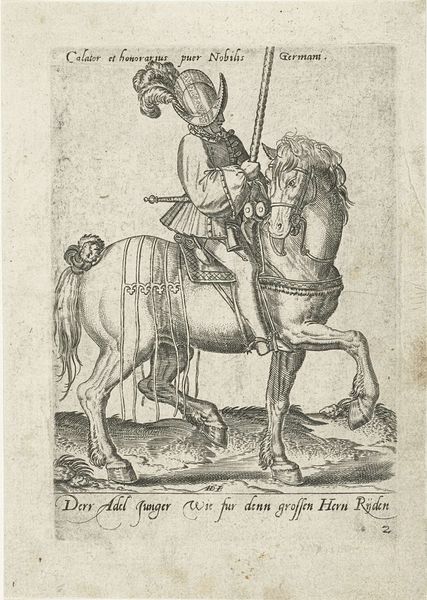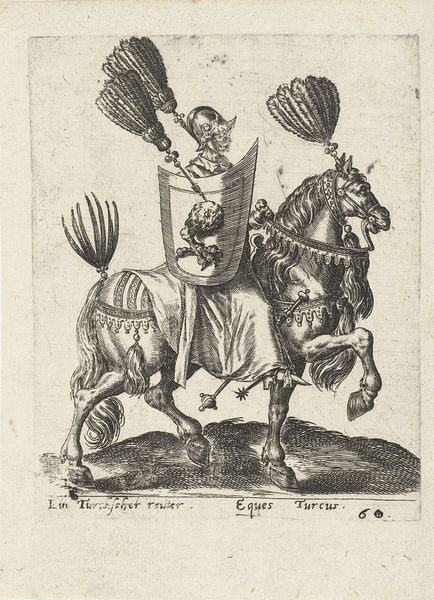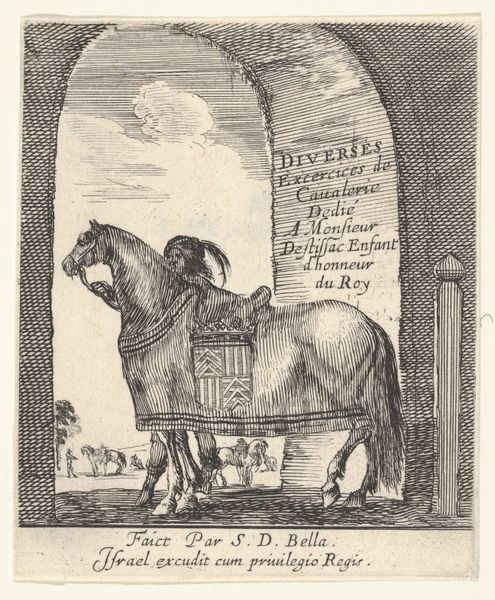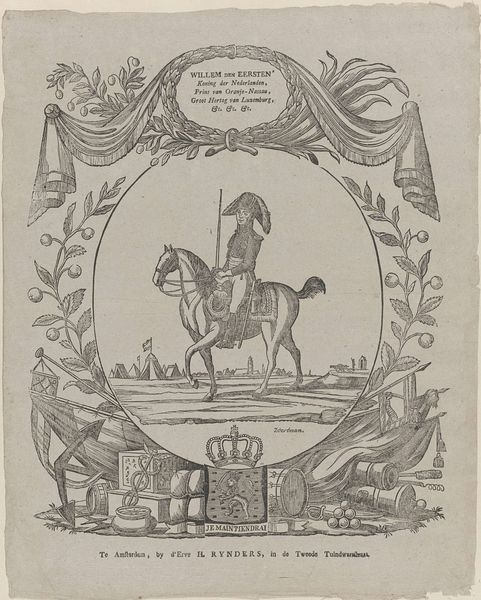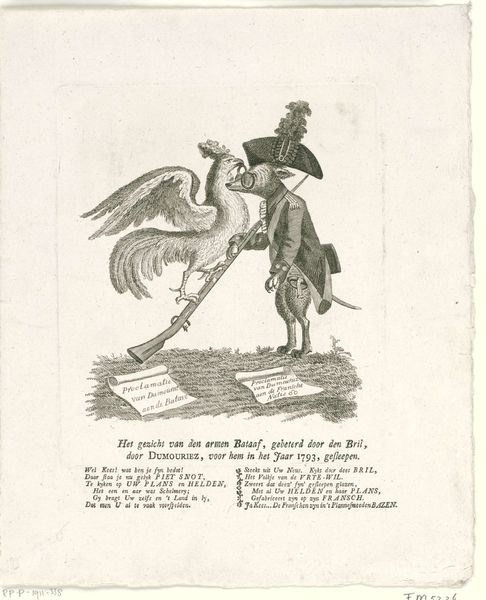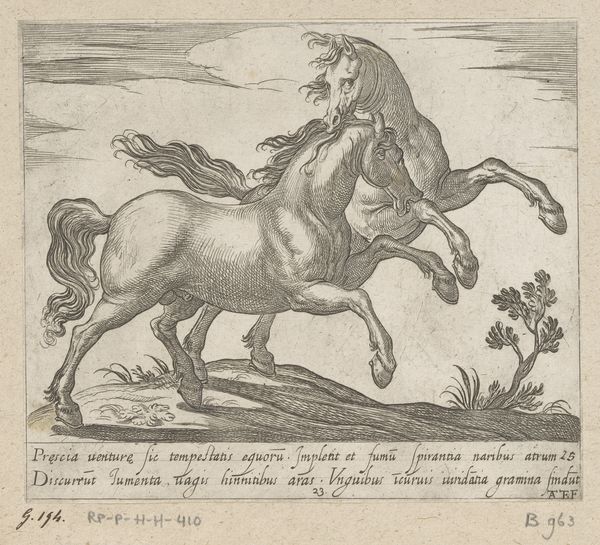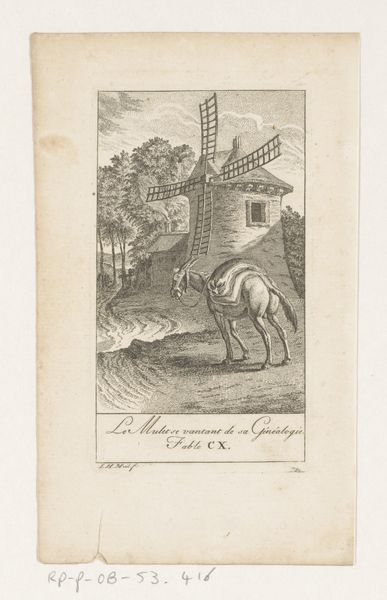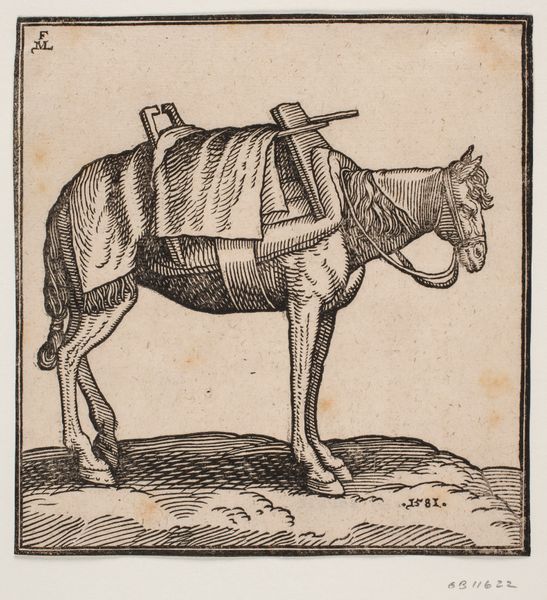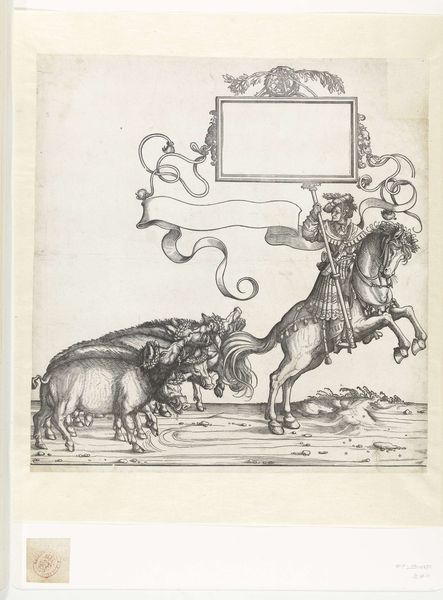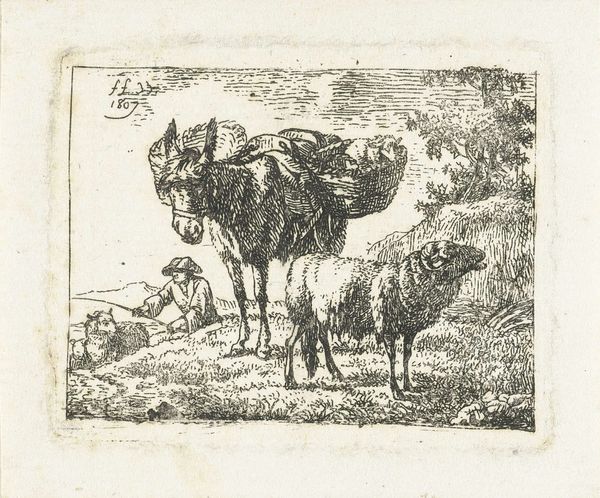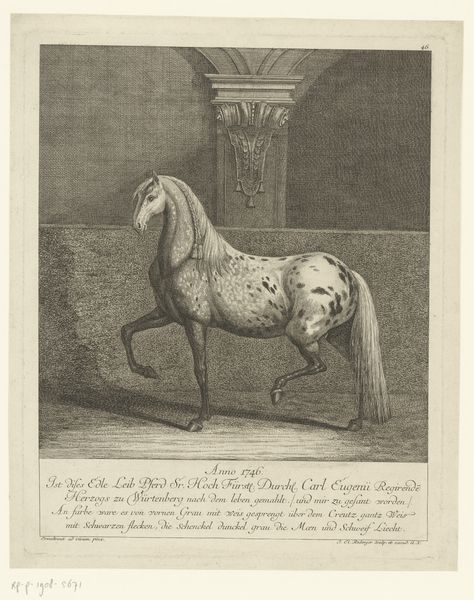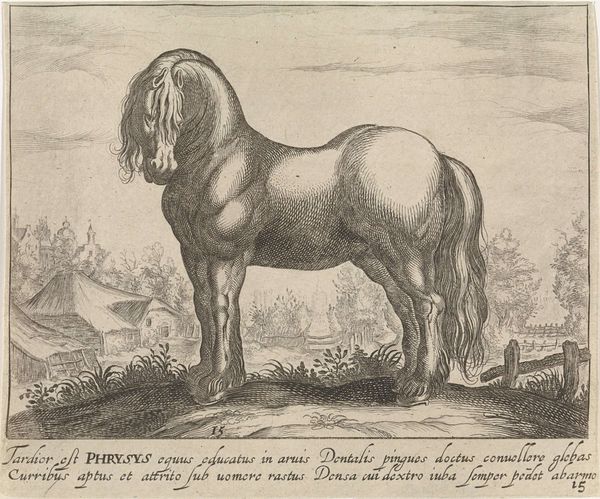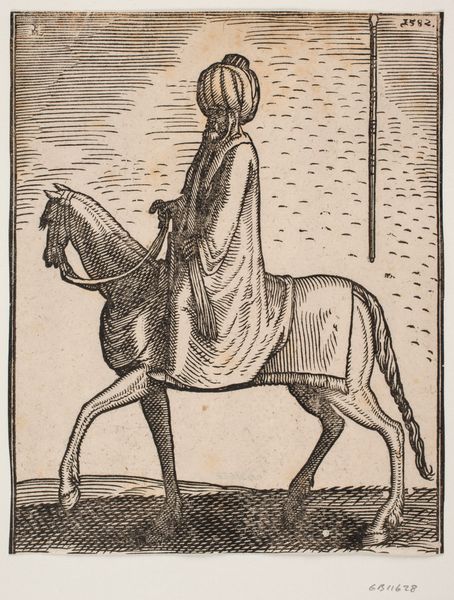
print, engraving
#
narrative-art
# print
#
figuration
#
line
#
history-painting
#
academic-art
#
engraving
#
realism
Dimensions: height 90 mm, width 54 mm
Copyright: Rijks Museum: Open Domain
Editor: Here we have Stefano della Bella's "Hugo Capet," an engraving from somewhere between 1620 and 1664. It's a fairly small print, very detailed with a lot of fine lines depicting Hugo Capet on horseback. The inscription below gives context, but I'm curious, what's your take on this work, considering its medium and historical subject? Curator: This piece highlights a very interesting intersection of materials, process, and social function. We have an engraving, a relatively reproducible medium even at the time, depicting a figure of power. It speaks to the burgeoning of print culture and its use in constructing narratives around historical figures. What does the *process* of creating multiple images of a King suggest to you about the changing role of monarchy? Editor: Hmm, it does suggest a desire to disseminate a certain image of power, right? To mass produce an idea, almost like propaganda. I guess I hadn't considered the material implications of that. Curator: Exactly. The choice of engraving, and the detail achieved, speak to a level of craft, of skilled labor. It also democratizes the image in a way painting perhaps wouldn't. The image becomes more accessible; the narrative of "Hugo Capet," regardless of its historical accuracy, enters broader circulation through print. How does understanding that the creation of the image involves collaboration, labor and a dissemination plan changes your viewing experience? Editor: It's almost like propaganda; creating a hero, which the monarchy found necessary to reproduce and make broadly accessible. Considering the socio-political atmosphere, and technical skills required to circulate these prints, that offers an important perspective. Thanks! Curator: Precisely. Paying attention to these intersections makes the art more dynamic. It's never just an image, it's a confluence of materials, labor, and the circulation of power. I'm glad you saw how a print isn't just a flat representation, but the endpoint of many different social relationships.
Comments
No comments
Be the first to comment and join the conversation on the ultimate creative platform.
